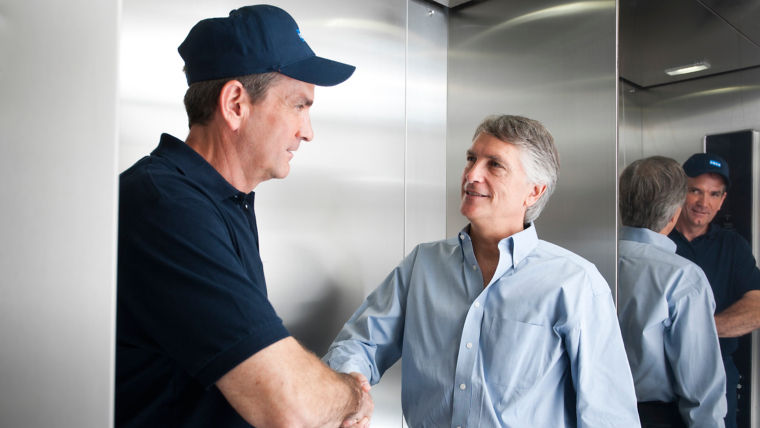Elevators, the unsung heroes of our modern urban existence, tirelessly serve us day in and day out. However, like all machines, they inevitably show signs of aging, and at times require more than just regular maintenance. As occasional annoyances evolve into constant problems, modernizing your elevators becomes a serious consideration.
Slow Elevators Frustrate Occupants
Identifying when an elevator upgrade is necessary can be discerned through several signs. Persistent malfunctions or sluggish performance are clear indications that the elevator has outlived its prime. In the backdrop of our fast-paced society, an elevator that consistently lags can lead to heightened frustration among building occupants, significantly impacting their satisfaction levels. Indeed, people often judge an entire building by its elevator performance.
Elevators that are not Readily Accessible
Moreover, an elevator that fails to accommodate all occupants, particularly those with disabilities, signals the need for modernization. The Americans with Disabilities Act (ADA) mandates elevators to be readily accessible. If your current elevator falls short of these standards, modernization becomes an essential requirement rather than an optional improvement.
Elevators with Outdated Technology
The absence of advanced technology in your elevator also signals the necessity for modernization. Contemporary elevators come equipped with cutting-edge features such as smart elevator monitoring systems and destination dispatch. These advancements not only enrich the user experience but also facilitate seamless integration with your building management systems, promoting overall operational efficiency.
Elevators with Safety Concerns
Predominantly, non-compliance with evolving elevator safety codes and regulations unequivocally suggests the requirement for an upgrade. Ensuring that your elevator system adheres to these updated standards is crucial for the safety of all building occupants.
Benefits of Elevator Modernization
One might wonder whether the benefits of modernization justify the cost. To answer this question, consider the following benefits:
- Enhanced safety
- Better reliability
- Faster and smoother performance
- Higher occupant satisfaction
- Greater energy efficiency
This last point is of particular note, as modern technology significantly enhances elevator energy efficiency. In an era of heightened environmental consciousness and rising energy costs, this is a crucial advantage. Contemporary elevators are designed to minimize energy usage, which directly translates to lower operational costs. In the long run, these savings can be considerable, and combined with lower service and maintenance costs can help offset the initial investment made during modernization. Thus, elevator modernization can be viewed as not just an expenditure, but an investment towards future cost savings and environmental sustainability.
In addition, a elevator modernization and replacement can appreciably increase your property's value and, and like previously mentioned, improve tenant satisfaction. Faster, more reliable elevators are traits valued by everyone occupying or visiting a building.
The process of modernization involves:
- A thorough evaluation of your current elevator system
- Identification of appropriate upgrade options
- Meticulous planning and scheduling of the elevator modernization process
- Careful implementation of changes
- Ongoing monitoring of the upgraded system
KONE provides an in-depth, complimentary guide on elevator modernization and enhancement, specifically designed to assist you in selecting the most suitable modernization route tailored to your needs. Our experts are available to provide insightful advice, steering you effortlessly through the entire process. Whether it's individual component upgrades, modular modernization, or a complete elevator replacement, KONE is committed to supporting you every step of the way.
You can download it here: Simple solutions for elevator modernization

